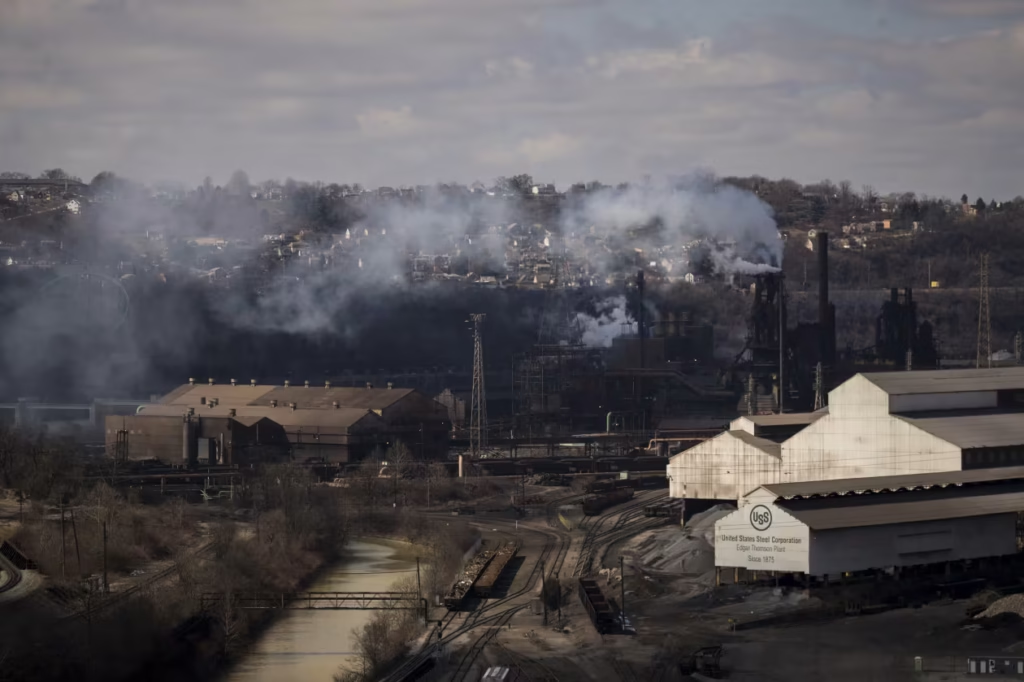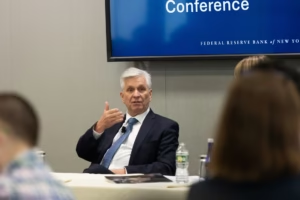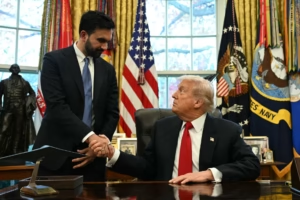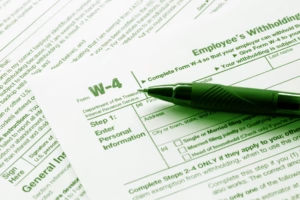After President Donald Trump hailed the deal as a “blockbuster” agreement worth over $14 billion in investments and declared he would double U.S. tariffs on steel imports to 50%, specifics of the partnership between U.S. Steel Corp. and Japan’s Nippon Steel Corp. remained unclear on Friday.
While the American steelmaker is “going to maintain control,” Trump stated during a rally at a U.S. Steel facility in the Pittsburgh region that Nippon Steel (JP:5401) (NPSCY) is investing “billions of dollars” in U.S. Steel (X).
“Every time [Nippon Steel] came, the deal got better and better for the workers,” Trump stated, stating that no plants would be closed or layoffs would occur. “I’ll be watching over it in D.C. and it’s going to be great.”
In an effort to support the American steel industry, Trump also declared that he would raise import duties on steel to 50% from the current 25% that his administration imposed in March. The move follows a U.S. trade court order that froze Trump’s global tariffs on Wednesday, casting doubt on them. However, the penalties were reinstalled on Thursday pending an appeal.
With an additional $2.2 billion to boost steel production in western Pennsylvania and $7 billion to construct facilities and iron-ore mines in Alabama, Arkansas, Indiana, and Minnesota, Nippon Steel will make a “record-setting” $14 billion commitment to the future of U.S. Steel, the president announced Friday.
According to Trump, the majority of these investments will be made within the next 14 months and will result in the creation of over 100,000 American jobs.
“This is an incredible deal for American steel workers. … All facilities will remain open and thriving,” stated the president.
Trump stated that “U.S. Steel will maintain all of its operating blast furnaces at full capacity for the next 10 years, and we have that as a commitment.” He also claimed that Nippon Steel “are going to be here for a long time, longer than that,” so workers shouldn’t worry after that time.
On his social media platform Truth Social, Trump originally revealed the agreement a week ago, referring to it as a “planned partnership” between the steelmakers.
With U.S. Steel’s stock closing 23% higher in May than the S&P 500 index SPX, which gained 5.3% during the same month, investors became ecstatic that a deal was finally imminent. In Friday’s after-hours trade, the stock was up 1%.
The following significant questions still surround the deal:
Who is in charge of U.S. Steel?
The transaction’s precise nature is yet unknown. Trump declared during the gathering that “the U.S.A. will control U.S. Steel.” I wouldn’t have completed the transaction otherwise.”
Peter Navarro, the trade adviser for the Trump administration, told reporters on Thursday that Nippon Steel would have “some involvement” in U.S. Steel’s operations but no control over it.
It is unclear whether key choices, like shutting down a failing mill, will be made exclusively by corporate management, with some input from board members.
Sen. David McCormick, a Republican from Pennsylvania, stated earlier this week that the administration was thinking about “golden shares”—a term that is not very well-known in the United States but is somewhat common in other nations that privatize state-owned or state-controlled businesses while still wanting to maintain some degree of control over them.
Would the agreement establish any precedents?
Since Nippon initially attempted to buy the firm in December 2023, the U.S. Steel story has been dragging on. However, another lengthy deal-making endeavor in which Trump became involved is also worth mentioning: The ultimate fate of social media site TikTok in the United States.
Without giving any further information, Trump stated earlier this week that any TikTok agreement would not resemble the collaboration the two steelmakers would form.
If one takes into account Trump’s negotiating and governing approach, which some perceive as unpredictable, the situation becomes even more ambiguous.
“I don’t think this White House is bound by precedent,” Columbia Business School professor of business Brett House stated.
Additionally, he stated that even if a precedent is established, “it does not mean that this White House would be bound by it” and that it would not necessarily provide a model for policy.
Is this a tool for negotiating?
Ahead of the Group of Seven meeting in Alberta, Canada, in June, Japan and the United States have decided to continue their trade negotiations, which have already taken place in many rounds.
“I wonder if the administration is holding this out as a bone to the Japanese,” remarks Lee Adler, a lecturer at the School of Industrial and Labor Relations at Cornell University.
According to Adler, “Japan is perhaps the most critical ally that the United States has in East Asia,” and the Trump administration has given them very bad treatment.
Until July 9, 24% tariffs on Japanese goods are suspended. Furthermore, following a few recent court rulings, tariffs in general are in limbo.
What about work?
Since the beginning, the United Steelworkers union has been adamantly opposed to the agreement, and this is unlikely to change.
Steelworkers stood in the backdrop as Trump spoke at the event on Friday, highlighting the backing of a few local unions.
The USW stated it was not a party to the deal in a statement on Friday.
“Whatever the deal structure, our primary concern remains with the impact that this merger of U.S. Steel into a foreign competitor will have on national security, our members and the communities where we live and work,” the labor group stated.
The USW, which represents over 11,000 American Steel workers, had previously emphasized the 14-month period in Trump’s Truth Social message announcing the agreement.
According to the union, that “aligns closely” with the workers’ labor agreement expiring in 15 months.
“The big question is, can the steelworkers, or will they, have a say in finalizing whatever deal that is going to be made?” Adler of Cornell University stated.
Something “they cannot control through collective bargaining” is unlikely to be supported and shaped by steelworkers. “It’s too important to their members to ensure job security,” he stated.





